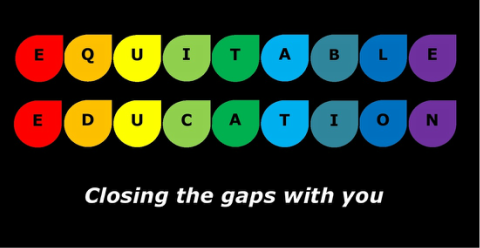It is worth remembering that pupils eligible for free school meals (FSM) covers a wide range of pupils, with many, especially pupils with SEND and some minority ethnic pupils having higher rates of eligibility for FSM. Therefore, schools should consider how this valuable resource can be used the most effectively when considering the multiple needs or intersectionality of pupils who come under the category of being eligible for free school meals. The DfE has provided evidence and guidance notes to schools to assist them in the use of the Pupil Premium. These are available here. The DfE has also provided additional guidance for the use of the Year 7 Pupil Premium for pupils who did not achieve a level 4 in reading and/or maths at Key stage 2 “. This is available here.
Just a reminder that although the pupil premium is not ring-fenced, schools are expected to publish on-line though their school website details of how much Pupil Premium they have been allocated, how they plan to use it in the current year along with an account of how last year’s was spent. Most schools have included this information on their websites. What is less evident is the impact the Pupil Premium has had on the educational attainment of eligible pupils. It is also worth noting that schools are expected to publish this information on a school academic year rather than the financial year in which it is allocated, so it will require some calculation of amounts of funding per academic year.
If schools require any information on the points raised in this post or on how they can use the Pupil Premium most effectively to ensure impact on attainment based on the needs of eligible pupils in their schools, please contact Equitable Education on [email protected]

 RSS Feed
RSS Feed
